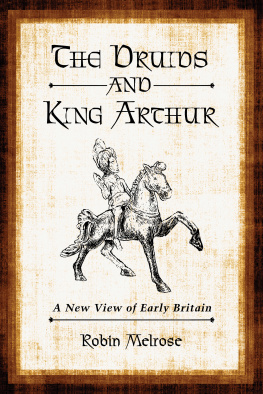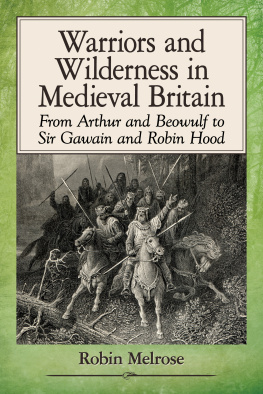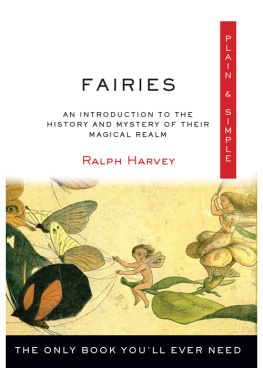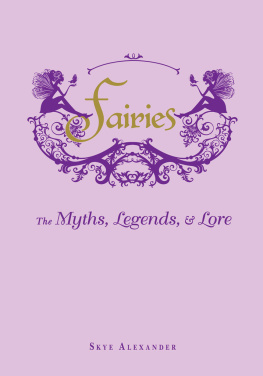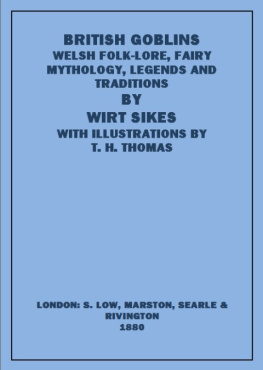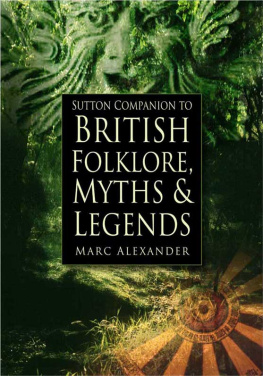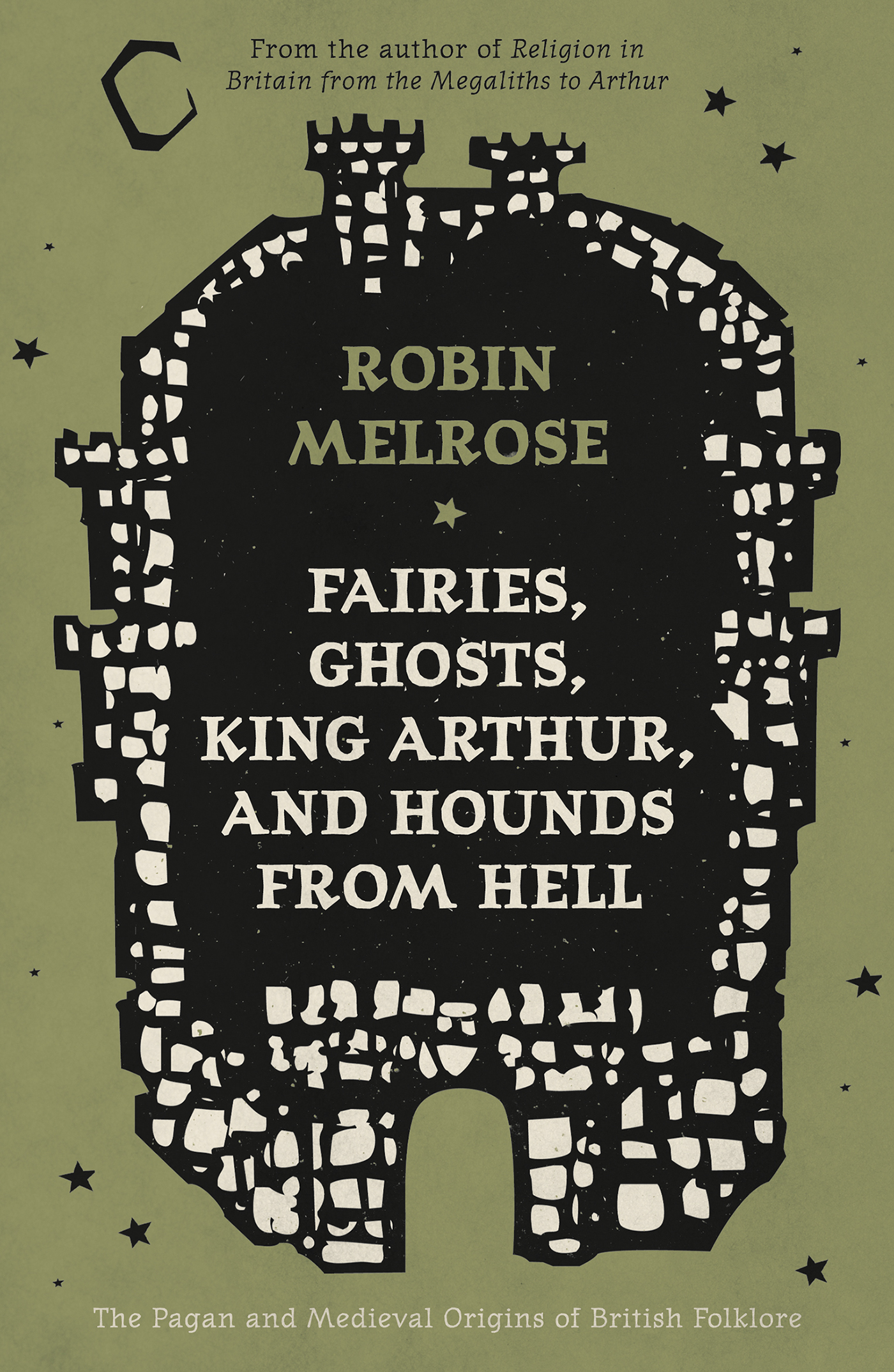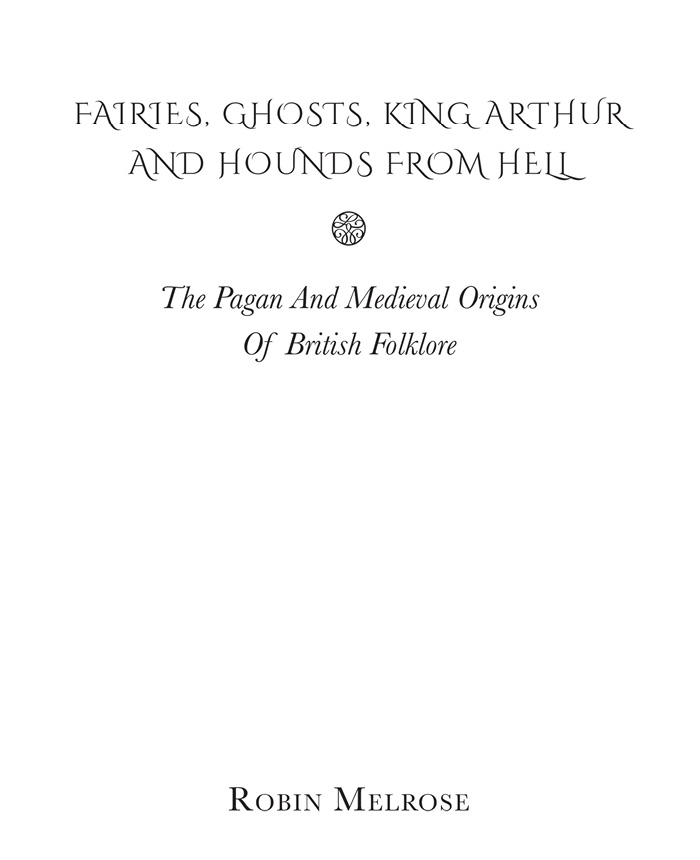Copyright 2020 Robin Melrose
The moral right of the author has been asserted.
Apart from any fair dealing for the purposes of research or private study, or criticism or review, as permitted under the Copyright, Designs and Patents Act 1988, this publication may only be reproduced, stored or transmitted, in any form or by any means, with the prior permission in writing of the publishers, or in the case of reprographic reproduction in accordance with the terms of licences issued by the Copyright Licensing Agency. Enquiries concerning reproduction outside those terms should be sent to the publishers.
Matador
9 Priory Business Park,
Wistow Road, Kibworth Beauchamp,
Leicestershire. LE8 0RX
Tel: 0116 279 2299
Email: books@troubador.co.uk
Web: www.troubador.co.uk/matador
Twitter: @matadorbooks
ISBN 9781838595814
British Library Cataloguing in Publication Data.
A catalogue record for this book is available from the British Library.
Printed and bound in Great Britain by 4edge Limited
Typeset in 11pt Baskerville by Troubador Publishing Ltd, Leicester, UK
Matador is an imprint of Troubador Publishing Ltd
Contents
Introduction
What is Folklore?
As Jacqueline Simpson and Steve Roud say in their Introduction to the Oxford Dictionary of English Folklore , folklore is notoriously difficult to define with rigour, and the term now covers a broader field than it did when invented in 1848, linking many aspects of cultural traditions past and present. It includes whatever is voluntarily and informally communicated, created or done jointly by members of a group (of any size, age, or social and educational level); it can circulate through any media (oral, written, or visual); it generally has roots in the past, but is not necessarily very ancient; it has present relevance; it usually recurs in many places, in similar but not identical forms; it has both stable and variable features, and evolves through dynamic adaptation to new circumstances.
Although the term folklore was invented in 1848, traditional stories of fairies, ghosts, King Arthur and hounds from Hell existed long before that. Folklore has its roots in the past, and Britain has a long past. The first written texts (in Latin) date from the 6th century, but the prehistory of Britain is much older: we now know, thanks to archaeology, that Britons began settling down, growing crops and raising livestock around six thousand years ago. Of course, medieval and Early Modern Britons did not know this, but they could see the remains of Bronze Age barrows or of Iron Age hillforts and knew they were built by earlier inhabitants of Britain.
With such a long history there is naturally a wealth of folklore, so I have had to restrict what I can cover. I have tried to include only folklore collected before 1900, and much earlier if possible, in the belief that earlier folklore is closer to the folk and more authentic, since it is less influenced by later folklore. And I have restricted my survey of prehistory. Initially I was going to start with the Roman period, when the first writing came to Britain, but I realised that this made little sense without a survey of Britain in the Iron Age. For that reason, my first chapter concerns Iron Age hillforts and the strange burial practices of some Iron Age Britons, and the Romans appear only in Chapter 2 (the people and places of Roman Britain), and Chapter 3 (burial practices, temples and curse tablets). Since fairies are associated with the Celts, Chapter 4 concerns Celtic survival after the coming of the Anglo-Saxons in the 5th and 6th centuries, while Chapter 5 looks at Celtic saints (mainly Welsh and Irish) and their strange ability to resurrect animals. These chapters are by no means exhaustive, and consider only those places that are in some way relevant to the story of fairies and other supernatural beings.
These first chapters are general, and from Chapter 6 I begin looking at folklore by region: these regions include the Celtic countries of Cornwall, Wales, and Scotland; those areas which border on the Celtic countries Wessex (the counties of Dorset, Somerset, Wiltshire and Hampshire), and the West Midlands (Herefordshire, Shropshire and Cheshire); and what I call the Anglo-Saxon/Viking areas of England, namely East Anglia (Suffolk, Norfolk and Cambridgeshire); the East Midlands (Northamptonshire and Lincolnshire); and Northern England. Before I look at the folklore, however, I review some basic history, especially in relation to the Anglo-Saxons and the later Vikings, who had a particular impact on the East Midlands, northern England and parts of Scotland; and I survey some of the better known medieval saints of the various regions, since the miracles of the saints almost certainly made people more receptive to tales of fairies and other supernatural beings.
The Main Characters of British Folklore
Fairies
The most fascinating characters of British folklore are the fairies, who abound in the folklore of the Celtic regions Cornwall, Wales and Scotland but are also found in areas which may have been Celtic in prehistoric times but are now better known for their Anglo-Saxon and Viking heritage. As the folklorists Jacqueline Simpson and Steve Roud say, fairies in Britain are above all a Celtic phenomenon: The basic European repertoire of beliefs and tales about fairies is less fully preserved in England than in the Celtic areas of Wales, Ireland and Highland Scotland, though much of it was well known here in the 17th century, and later.
There were also fairies in Cornwall, and in areas bordering Cornwall like Devon and Somerset, though they were better known in that part of England as pixies or piskies. Tales of fairies are also found in counties of England that border on Wales indeed, one of the earliest tales, written in the 12th century, comes from the Herefordshire/Shropshire area. Fairies are also found in the north of England, but they were not as common as bogles and boggarts, which were shape-shifters and often associated with water.
The word fairy is derived from French and came to England with the Norman Conquest in 1066. Before the Norman conquest, the word used to describe what later became fairies was elves. Elves in Anglo-Saxon England were thought to cause disease and are mentioned in spells and charms.
The origin of the word pixie is uncertain, but it may be related to Puck, most famous as a character in Shakespeares Midsummer Nights Dream . The English word puck is attested already in Old English as puca (with a diminutive form pucel ). Similar words are attested later in Old Norse ( pki , with related forms including Old Swedish puke , Icelandic pki , and Frisian puk ) but also in the Celtic languages (Welsh pwca , Cornish bucca and Irish pca ).
So puck may be of Scandinavian or Celtic origin but tellingly, there are a number of place-names in Ireland which include the element puca or puck :
One of the best known is Pollaphuca in Wicklow, a wild chasm where the Liffey falls over a ledge of rocks into a deep pool, to which the name properly belongs, signifying the pool or hole of the Pooka. There are three townlands in Clare, and several other places in different parts of the country, with the same name; they are generally wild lonely dells, caves, chasms in rocks on the seashore, or pools in deep glens like that in Wicklow all places of a lonely character, suitable haunts for this mysterious sprite. The original name of Puckstown in the parish of Mosstown in Louth, and probably of Puckstown, near Artaine in Dublin, was Pollaphuca, of which the present name is an incorrect translation. Boheraphuca (boher, a road) four miles north of Roscrea in Tipperary, must have been a dangerous place to pass at night, in days of old. Carrigaphooca (the Pookas rock) two miles west of Macroom, where on the top of a rock overhanging the Sullane, stand the ruins of the Mac Carthys castle, is well known as the place whence Daniel ORourke began his adventurous voyage to the moon on the back of an eagle ; and here for many a generation the Pooka held his ancient solitary reign, and played pranks which the peasantry will relate with minute detail.


